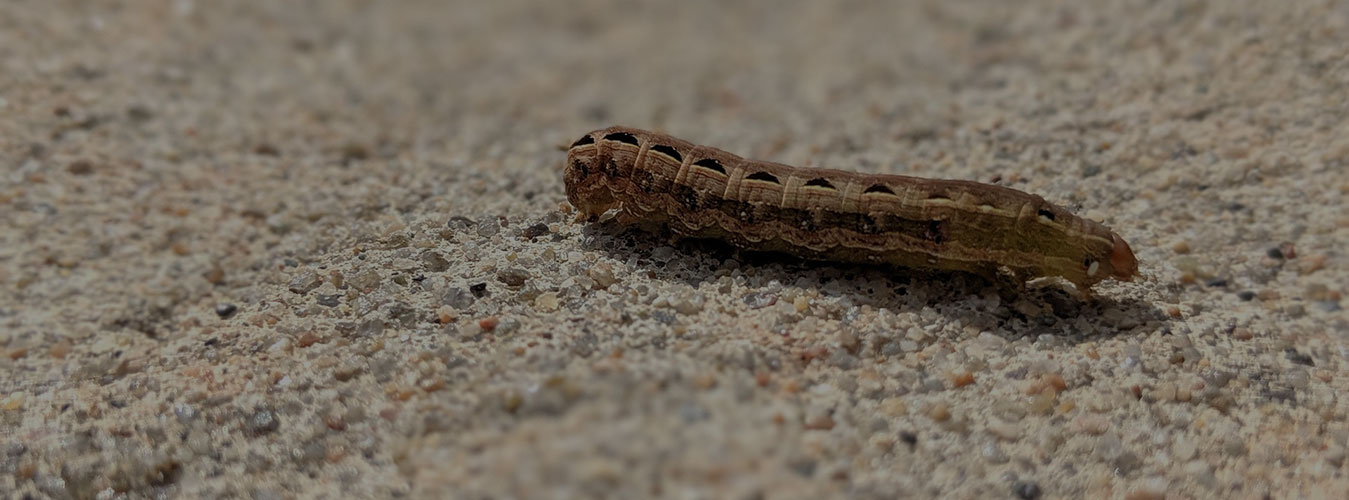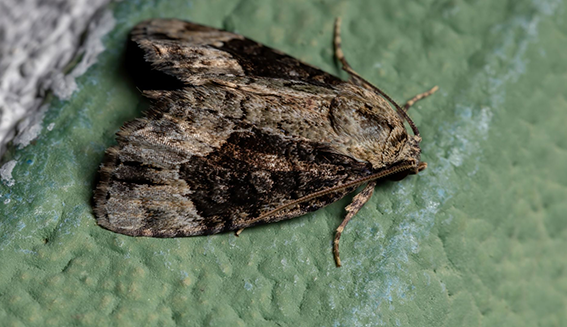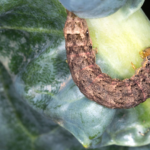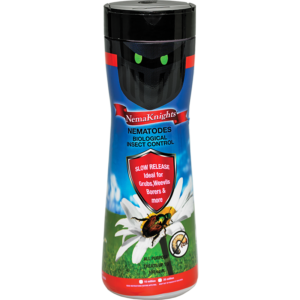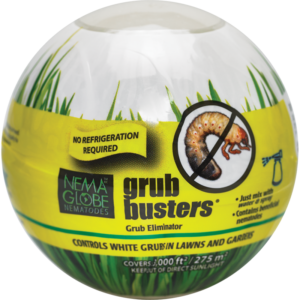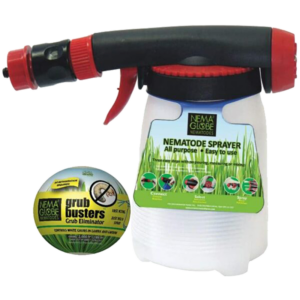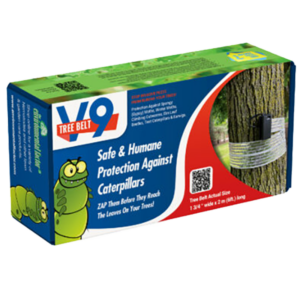Your cart is currently empty!
Damage
Cutworms are a common pest of many vegetable crops, fruit trees, and a variety of nonedible plants. Small larvae feed on leaves and create irregular holes, or feed on small roots. Grown larvae eat the seedling stems and usually cut them below ground, at or above the soil surface. Damaged plants can be found withered and lying on the soil.


